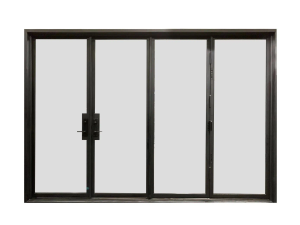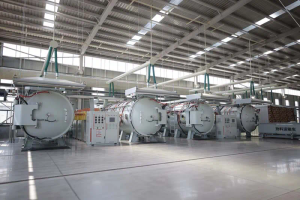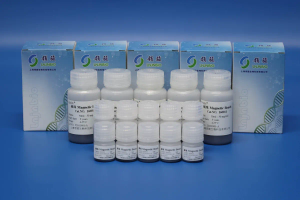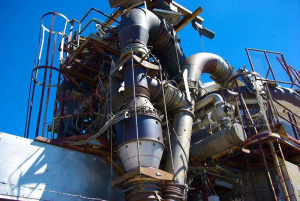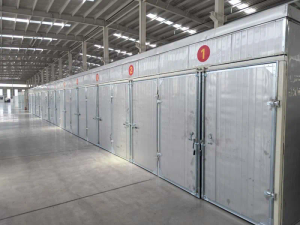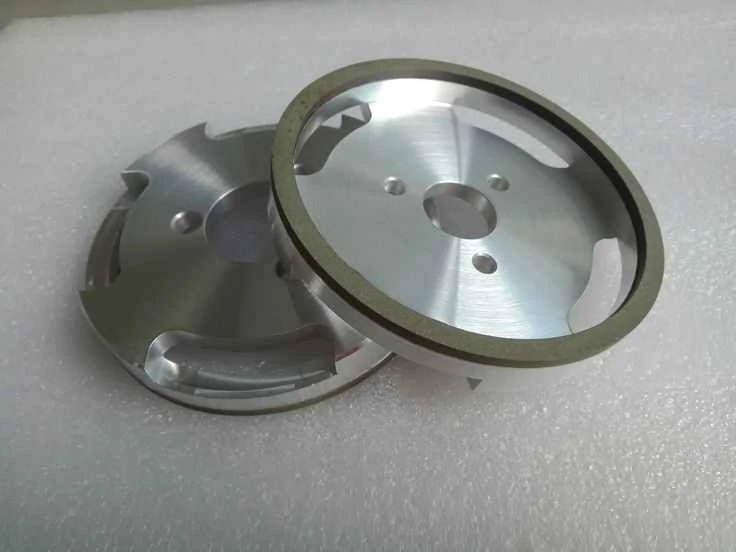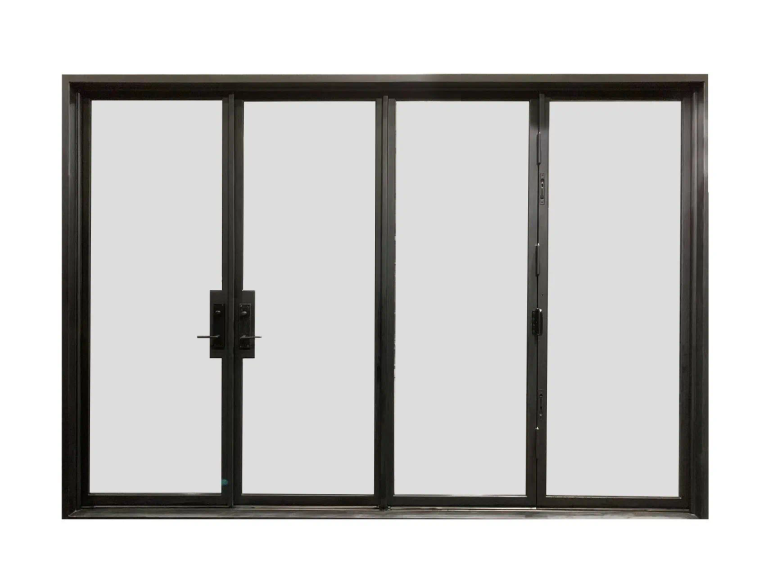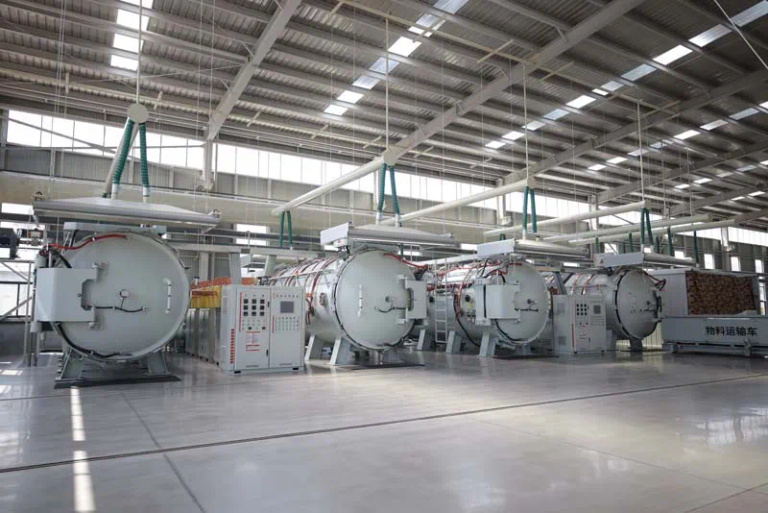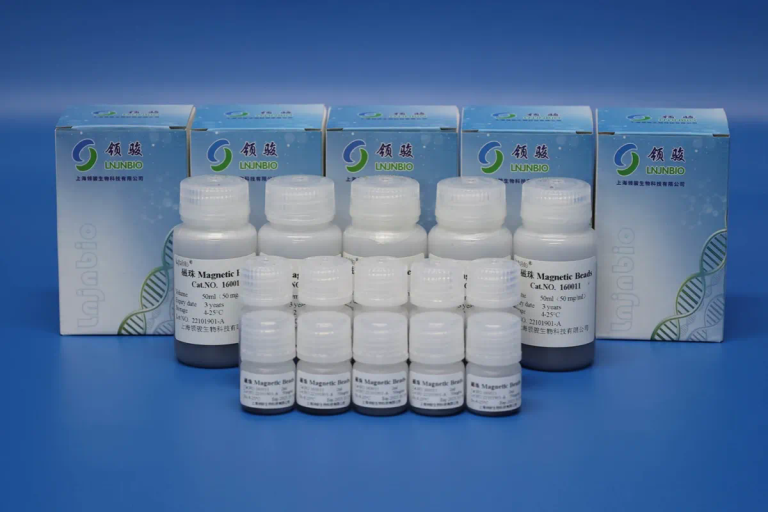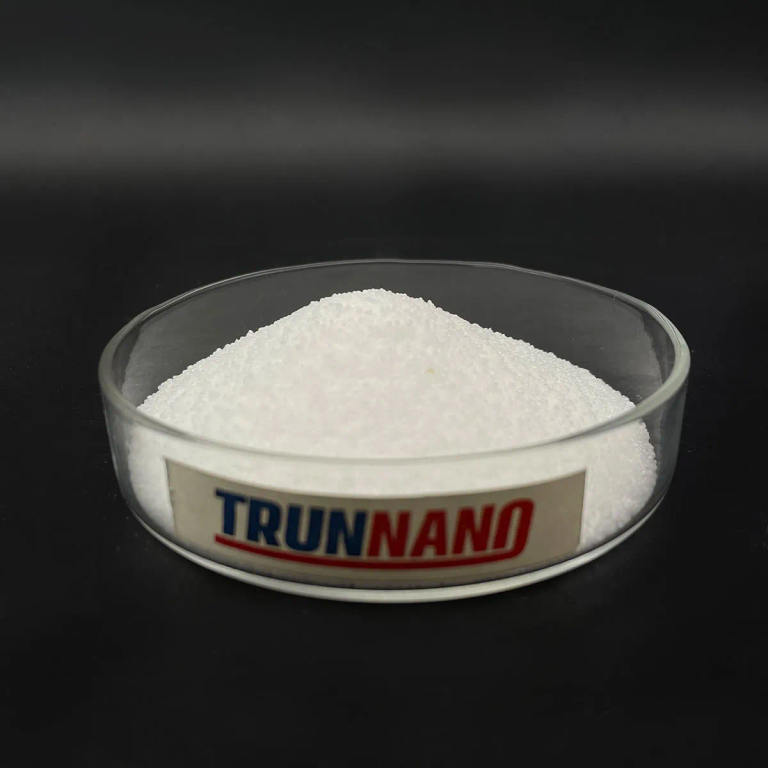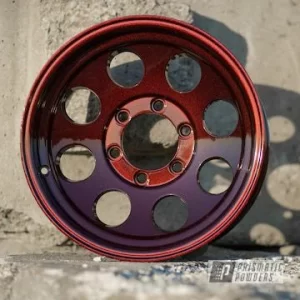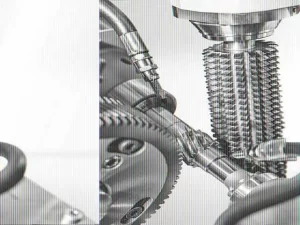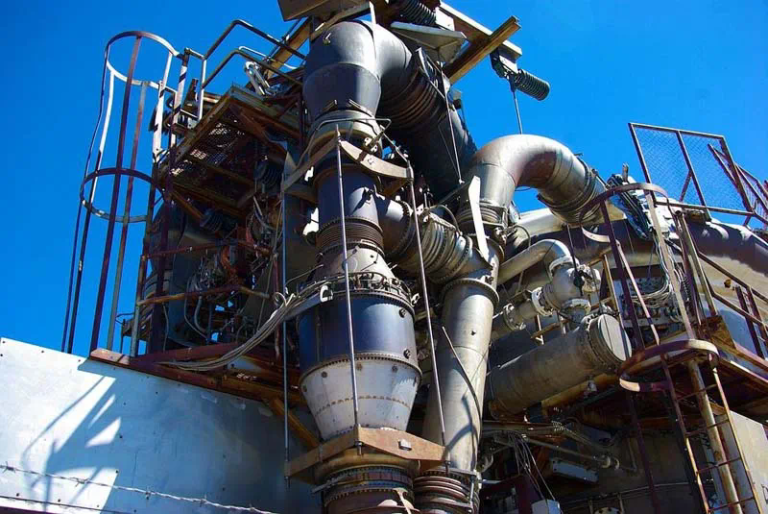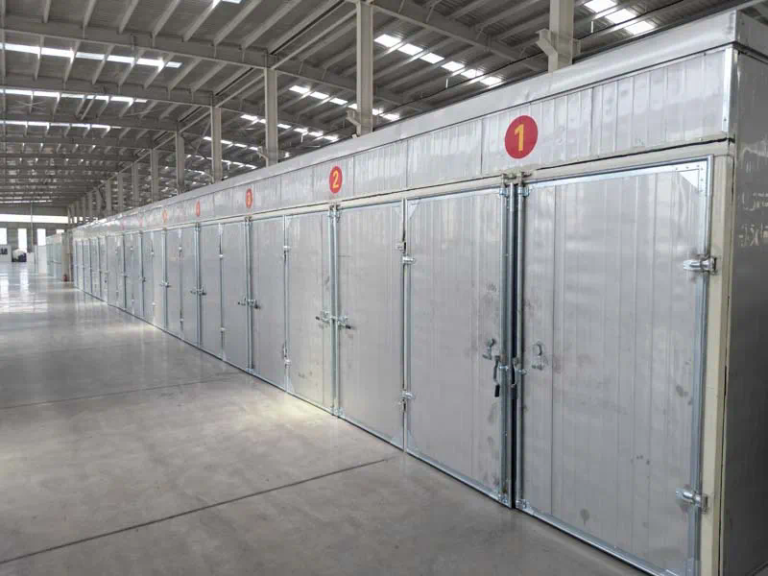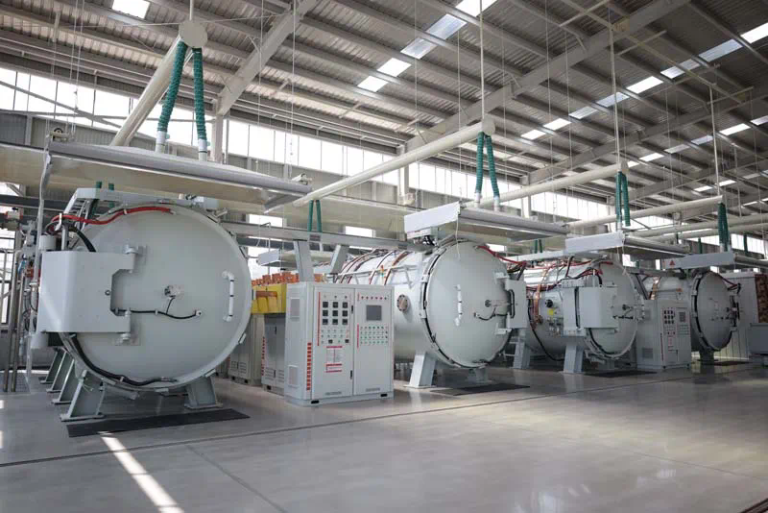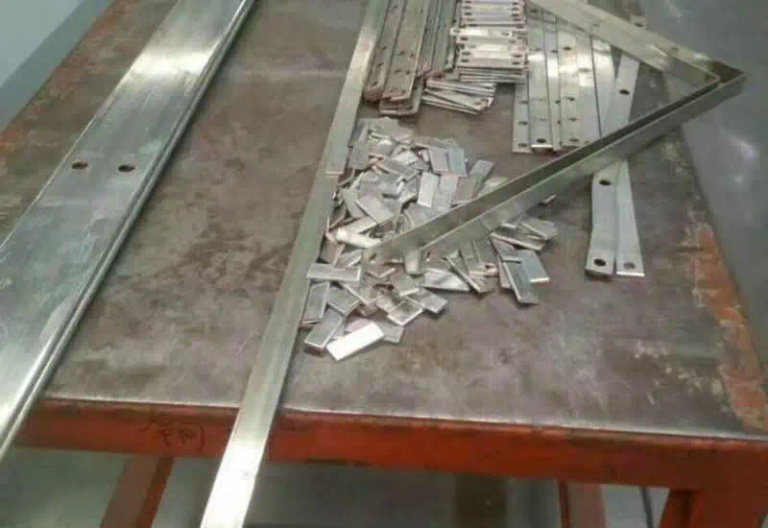What Grinding Wheel Should I Choose for Surface Grinding Using DC53 60 Material?
Surface grinding is a commonly used process in the manufacturing industry to achieve high precision and smooth surface finishes. When it comes to surface grinding using DC53 60 material, selecting the right grinding wheel is crucial for obtaining optimal results. In this article, we will discuss the factors that should be considered when choosing a grinding wheel for this specific application.
DC53 60 material is a high-performance tool steel known for its excellent toughness, wear resistance, and good machinability. To effectively grind this material, the grinding wheel must possess certain characteristics to ensure efficient material removal and minimal heat generation.
The first factor to consider is the abrasive type. There are various abrasive materials available, including aluminum oxide, silicon carbide, and cubic boron nitride (CBN). For grinding DC53 60 material, CBN abrasive is recommended due to its exceptional hardness and ability to withstand high temperatures. CBN abrasives are ideal for grinding hard steels like DC53 60 as they provide excellent cutting action while minimizing heat buildup.
Next, the choice of bonding agent plays a crucial role in determining the grinding wheel’s performance. The bonding agent holds the abrasive grains together and provides stability during grinding. Resin, vitrified, and metal bond are commonly used bonding agents in grinding wheels.
For surface grinding DC53 60 material, resin-bonded grinding wheels are typically preferred. Resin bonds offer good elasticity, allowing for cooler grinding and reduced risk of thermal damage to the workpiece. Resin-bonded wheels also provide excellent surface finishes and can be easily dressed to maintain their shape.
The grit size of the grinding wheel is another essential consideration. Grit size refers to the size of the abrasive particles on the wheel’s surface. Coarse grit sizes remove material quickly but leave a rougher finish, while finer grit sizes result in a smoother surface finish but remove material at a slower rate.
For surface grinding DC53 60 material, a medium to fine grit size is recommended. This helps strike a balance between material removal rate and surface finish quality. A grit size between 60 and 120 would be suitable for most surface grinding applications involving DC53 60 material.
Furthermore, the wheel’s hardness should be taken into account. The hardness of a grinding wheel is measured on a scale from A to Z, with A being the softest and Z being the hardest. Softer wheels are more forgiving and tend to wear more quickly, while harder wheels have better cutting ability but may generate more heat.
When grinding DC53 60 material, a grinding wheel with a medium hardness, typically ranging from H to L, is recommended. This hardness range strikes a balance between efficient material removal and heat generation, ensuring a successful surface grinding process.
Lastly, it is crucial to ensure that the grinding wheel is compatible with the grinding machine being used. Different machines have varying specifications and requirements, such as maximum operating speed and wheel dimensions. Consulting the machine manufacturer’s guidelines is essential to select a grinding wheel that meets these specifications.
In conclusion, choosing the right grinding wheel for surface grinding using DC53 60 material requires careful consideration of several factors. CBN abrasive with a resin bond, medium to fine grit size, and medium hardness is generally recommended. However, it is crucial to consult the specific requirements of the grinding machine being used. By selecting an appropriate grinding wheel, manufacturers can achieve high precision and optimal surface finishes when grinding DC53 60 material.
.webp)
